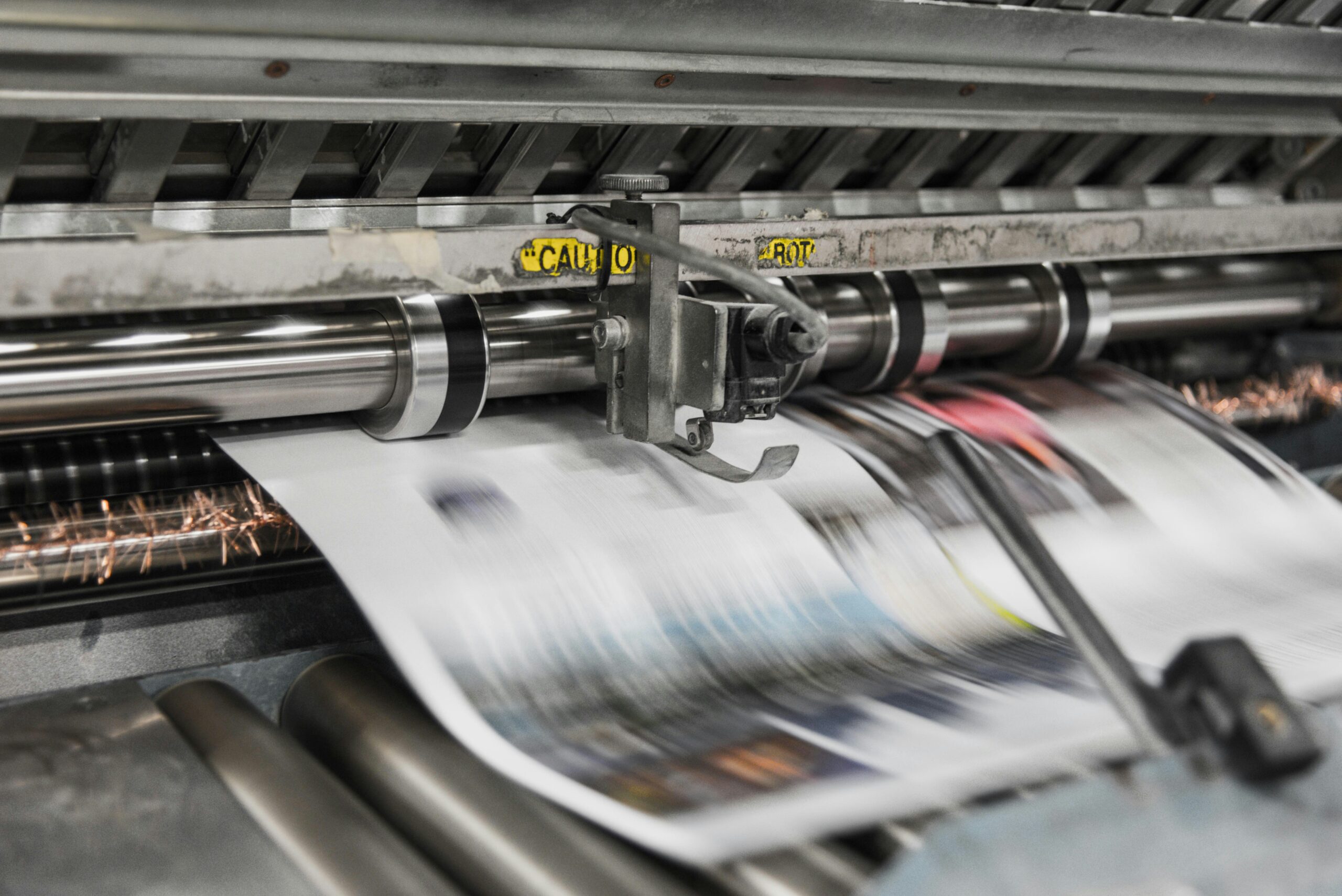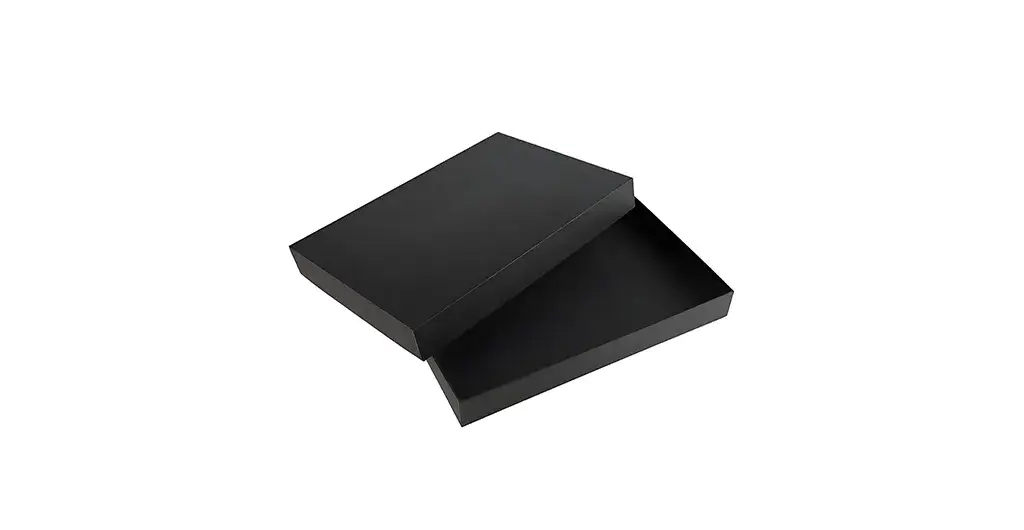
Zibo City, Shandong Province

Have You Any Quires ?

10 PM – 6 PM

Zibo City, Shandong Province

Have You Any Quires ?

10 PM – 6 PM

Have You Any Quires ?

The packaging industry faces a core challenge. The final performance of a corrugated box or folding box is tied directly to its raw materials and manufacturing journey. We call the science of predicting this final performance “forward derivation.” This is not just an academic concept. It is a vital tool for creating efficient, sustainable, and high-quality packaging.
Accurately predicting a carton’s final box compression strength is more critical than ever. The growth of e-commerce demands robust shipping box designs that survive complex logistics. At the same time, sustainability goals push manufacturers to use less material. A deep understanding of how paper properties become carton performance is essential to meet these demands.
For decades, engineers have known about the link between paper and box performance. Early empirical models, like the well-known McKee formula, created a foundation for quantitative prediction. However, these older models often failed with complex box designs or changing environmental conditions. Modern methods now aim to overcome these limitations. This predictive power allows packaging designers to move beyond simple trial-and-error. It enables a data-driven approach to creating the perfect carton for any application.

A carton’s physical performance starts with its base paper. These raw material properties are the building blocks of its final structure and strength. Understanding this connection is crucial for controlling the final box compression strength.
Several key paper properties directly influence performance:
Converting processes turn flat paperboard into a finished carton. Operations like printing, creasing, and cutting actively change the board’s physical properties. These changes directly affect the final box compression strength.
Creasing is a key step that enables folding. It creates a controlled line of weakness by deforming the paperboard’s layers. While this is necessary for forming a folding box, each crease line slightly reduces the material’s structural integrity.
Cutting creates the final box shape. The forces used in die-cutting can create micro-cracks in coatings or the board itself. These small points of damage can become failure points under compressive load, lowering the potential box compression strength.
Printing can also affect performance. The pressure from printing plates, especially in offset lithography, can compress the board. This is particularly true for a corrugated box, where high pressure can damage the delicate fluting and reduce stiffness. Full, heavy-ink-coverage printing can reduce the box compression strength of a carton by a noticeable amount.
| Converting Process | Primary Goal | Potential Negative Impact on Box Compression Strength |
| Creasing/Scoring | Create clean fold lines | Reduces local stiffness; creates lines of weakness. |
| Die-Cutting | Shape the carton blank | Stress concentration at cut edges; potential for micro-cracks. |
| Printing (Offset/Flexo) | Apply graphics and branding | Compresses board structure; can damage corrugated flutes. |
| Lamination/Coating | Add barrier properties/finish | Can add stiffness, but delamination becomes a failure risk. |
Beyond materials, the final design of a carton is a major factor in its performance. For a corrugated box, the flute structure is fundamental. Different flute profiles (A, B, C, E, etc.) offer unique combinations of cushioning, printability, and stacking strength. While the liners provide most of the stiffness, the flute geometry is critical for achieving high box compression strength. You can learn more about how different flute types are used in various designs by exploring different .
| Flute Type | Typical Characteristics | Best Use Case |
| B-Flute | Good crush resistance, smooth printing surface | Retail packaging, inner packaging, displays. |
| C-Flute | Excellent all-around performance, good stacking strength | The most common choice for a standard shipping box. |
| E-Flute | Very thin profile, superior printing surface | Retail folding box styles, primary packaging. |
| BC-Flute | Double-wall combination of B and C flutes | Heavy-duty shipping, stacking of heavy items. |
The carton’s final dimensions also have a huge impact. Key design factors include:
Engineers once relied on empirical equations to estimate box performance. This formula provides a good baseline for simple box designs. It connects the board’s Edge Crush Test (ECT) value and bending stiffness to a predicted box compression strength.
However, these formulas have limits. They struggle with complex designs, like boxes with large cutouts or unusual shapes. Today, the industry uses more advanced computational tools.
Finite Element Analysis (FEA) is a powerful simulation method. Engineers create a digital model of a corrugated box and apply virtual forces to it. FEA software, can accurately predict how the box will buckle and fail. This allows for design optimization before a single physical prototype is made.
Machine Learning (ML) represents the next frontier. ML models analyze vast amounts of data from production lines and lab tests. They can identify complex, non-linear relationships that simple formulas miss. An ML algorithm can predict the final box compression strength by considering dozens of variables, from raw fiber type to the humidity on the day of production.
Predicting carton performance is no longer a guessing game. By understanding the entire journey—from base paper to converting and final design—we can reliably forecast box compression strength. This forward-looking approach allows manufacturers to make smarter decisions.
This science enables the optimization of materials, reducing both cost and environmental impact. It ensures that a shipping box will protect its contents throughout the supply chain. It empowers designers to create an innovative and efficient folding box that meets brand and consumer needs. Ultimately, the ability to predict performance transforms packaging from a reactive cost center into a proactive, value-adding part of the product ecosystem. The continued development of these predictive tools, driven by data and advanced modeling, will power the next wave of packaging innovation.
You can leave any questions. We will see and answer you.